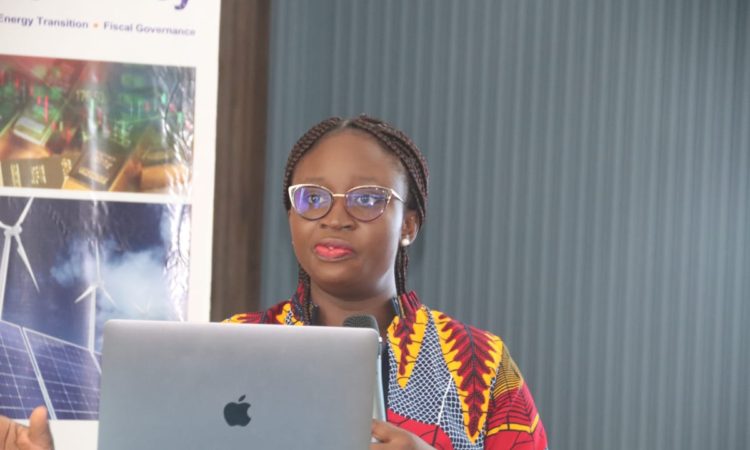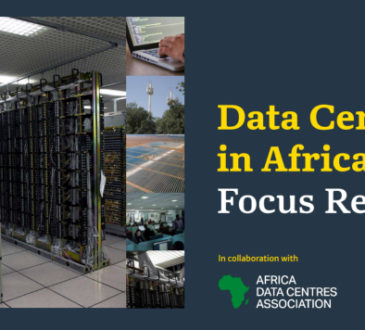
The government’s utilization of the US$ 1 billion International Monetary Fund (IMF)’s Special Drawing Rights(SDRs) to boost macroeconomic recovery in 2021 failed to adhere to some guidance requirements of the lender, the Africa Centre for Energy Policy (Acep)Ghana finding has revealed.
Ghana received the equivalent of US$1 billion from the International Monetary Fund (IMF), being its share of the new Special Drawing Rights (SDRs) allocation to boost the post-COVID economic recovery of member countries.
The IMF Board of Governors approved a general allocation of SDR456.5 billion (approximately US$650 billion), with about US$33.7 billion earmarked for African countries. This allocation, effective from August 23, 2021, aims to boost global liquidity and economic recovery in the wake of the COVID-19 pandemic’s impact, particularly addressing the increased financing needs of low-income countries.
In light of this, ACEP undertook an analysis of Ghana’s use of its SDR 707.3 million allocation.
The preliminary findings indicate that, relative to the time of the pandemic’s advent, Ghana had been making strides toward macroeconomic stability shortly before the funds were approved.
The logical expectation was that the SDR allocation would be able to reinforce the economic recovery path that Ghana was on, in line with the purpose of the allocation.
However, the allocation did not successfully augment the macroeconomic stability of the country as
expected. Instead, the macroeconomic situation deteriorated in 2022, despite the fiscal space
created by the SDR, Acep argued.
Addressing a media engagement to share the full findings and solicit input on how Ghana can optimize future SDRs and other such windfalls, Maybel Acquaye, Head, Monitoring & Evaluation/Snr Policy Analyst, ACEP, in a sideline interview said: “The guidance note also recommends that if you choose the option of a debt sustainability measure, in terms application of SDR you should be swift in coming up with a debt management structure, but you realize that even though we started applying the SDR in December 2021, nothing of that sort was issued by the government, we just went ahead to apply the SDR in budgetary financing without the accompanying structures that could have augmented that effort to achieve the expected macroeconomic sustainability.”
Further, she also disclosed that with the lack of a fiscal framework that the IMF recommended, “we did not spend that money or apply those funds within a certain moderated fiscal plan.”
Importantly, Acep’s analysis recommended that guidance notes from the IMF should include specific requirements alongside the unconditional use of Special Drawing Rights (SDR). Recommendations such as fiscal frameworks and debt management programs should be mandatory, ensuring that countries adhere to these essential elements to fulfill the fund’s objectives effectively.
The energy think-tank also suggested that the IMF should enhance transparency in the utilization of SDRs to ensure effective monitoring and accountability.
This includes providing visibility to civil society organizations, media, and the public regarding how countries are utilizing these funds. Parliamentary scrutiny should be encouraged, even though SDR allocations are part of the budget.
Governments are also expected to exercise prudence in managing these windfall amounts, viewing them as opportunities to improve macroeconomic stability rather than mere additional spending.
By Eugene Davis






